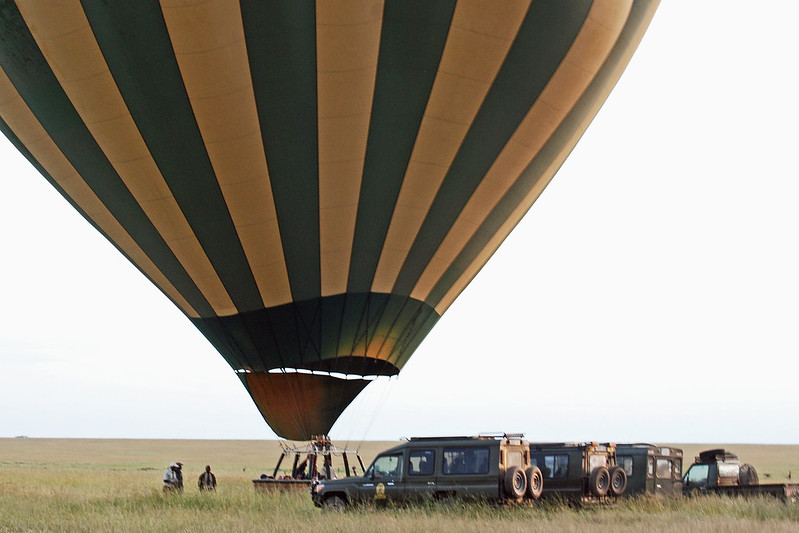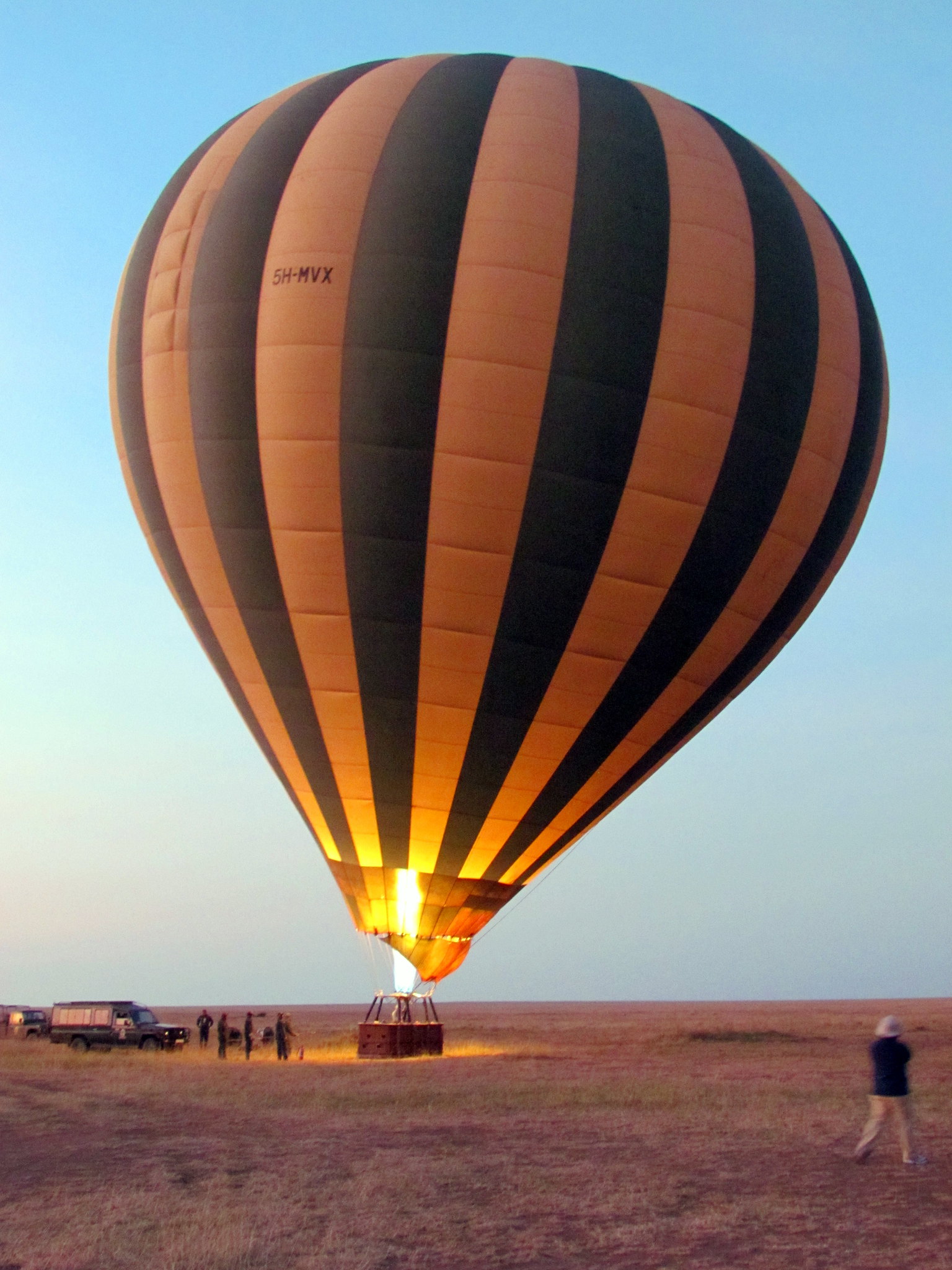embalakai Authentic Camp
Balloon Safari
we are very close to all the balloon station in Central Serengeti therefore pick up in the morning for balloon activity normally takes approximately 30 minutes’ drive from our camp before Balloon departure unlike other accommodation which are 2hrs away from the station.
A Serengeti balloon safari is a fantastic once in a lifetime experience, particularly suitable for a bird’s eye-view game viewing experience on your AfricanMecca wildlife tour in northern Tanzania. Hot air balloon rides leave from three sites in this prime national park. In Central Serengeti, wildlife gathers year-round in the Seronera River Valley where there is permanent water. The Great Migration passes through around May and June. The Western Serengeti includes the Grumeti River, scene of theatrical crossings during the Great Migration in June and July, when hundreds of thousands of gnu, brave the giant Nile crocodiles, and many perish while others detour to avoid the perilous river. In South Serengeti plains, the wildebeests assemble from December onwards, to calve in February, producing 8000 newborn every day on a three-week marathon, a sight not to be missed on your personalized nature travel in Serengeti.
Balloon Safari Experience
For your Serengeti hot-air balloon trip in northern Tanzania, you will be collected around 0500 hours. An hour predawn drive through the bush to your launch site is a delight in itself. You may see nocturnal animals in the headlights that you could not have encountered any other way. Near a river like Seronera or Grumeti, you may meet grazing hippo. On the plains, a lioness may return from her kill, a hyena slinking in her wake. In the cool early morning, a light-weight long-sleeved jacket and long trousers are a wise idea, with sturdy shoes. Remember to take your binoculars and DSLR camera to make the most of this highlight of your Serengeti excursion. The huge balloon inflates swaying impatiently as it lifts. The intermittent roaring of the burner reminds you to put on your hat as it can get quite warm overhead. Assistants hold the basket steady, ensuring it remains level during take-off. Then comes the heart-stopping moment when you lose touch with the earth and become part of the dawn. As you ascend, the sky lightens from purple to pink. The sun clears the horizon, flooding the Serengeti plains with golden light. Your stomach clenches as you look out over your unobstructed basket side to the receding earth. Losing contact with the ground or the feeling of being totally at the mercy of the wind can cause an atavistic shudder. For an hour, you will have no control over where you go or what you see. However skillful your pilot, he can only go where the wind takes him, so you need to accept your helplessness, let yourself experience the enriching sights, sounds and sensations of your flight as well as the emotions it arouses.
Did you know?
2 million animals migrate each year
Over two million animals migrate from the Serengeti in Tanzania to the Kenyan grasslands in the Masai Mara.
February is calving season
In February up to 8,000 calves are born a day. Calves (babies) are able to walk as soon as they are born. Few days after birth, babies can run with the rest of the herd.
Wildebeest can swim
They are relentless in their advance and will swim rivers and lakes in such huge masses that many are injured, lost (especially in the case of calves) or killed. The wildebeest must cross a river. But to do so, they must outrun a gauntlet of crocodiles.



